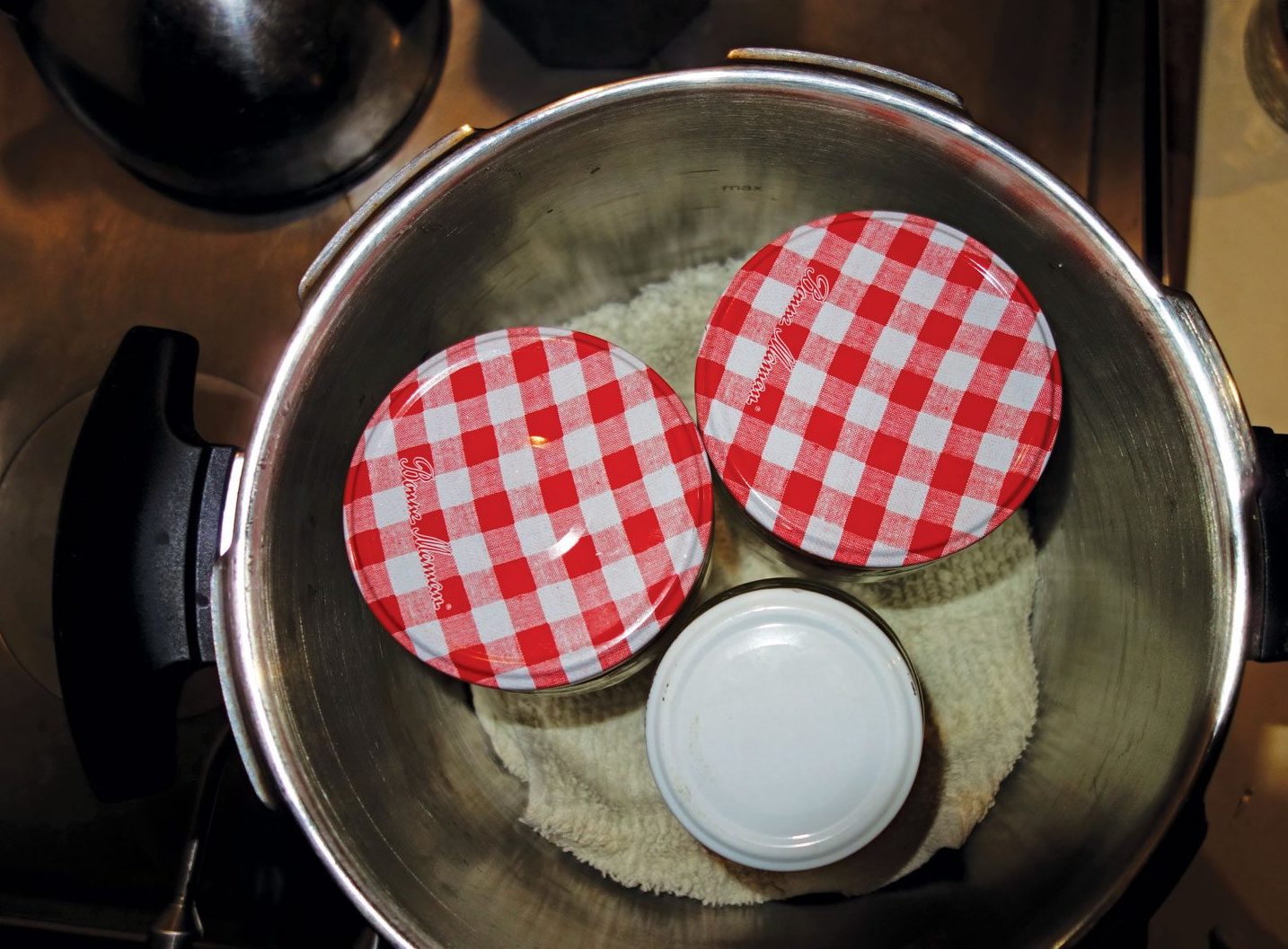Eating fish is healthy and self-caught fish saves money on provisioning, so most cruisers try their luck. Some are real aficionados who fish in a competitive spirit, but most just routinely troll a line on passage.

We don’t fish in anchorages because of the risk of ciguatera poisoning (a toxin that accumulates in reef fish and their predators and causes gastrointestinal and neurological poisoning in humans and other mammals), and because we love lively reefs. Therefore, we take our chances whenever we’re on passage and try to stock up on fresh fish and fish preserves for our times at anchor.
Many cruisers complain about losing lures and we had the same issue as newbies. We remedied this problem by using a simple yo-yo on a long bungee cord with an extra thick line (200lb breaking strain) a metal leader with a tiny squid lure (we don’t want to attract fish too big to handle) and a solid double hook. Despite the small lure we still catch decently sized tuna, dorado and wahoo. Another advantage of the thick line is that we don’t need a gaff–we can simply haul the fish over the stern.
Fishermen claim you have to fish at dusk and dawn at a certain speed, but we’ve been lucky at all times of the day doing three to six knots—you just have to meet a curious and hungry specimen. As a general rule fish seem to bite whenever it’s not convenient: during a squall, in the middle of sail changes or when we’re just sitting down for lunch.
While my partner Christian brings in the catch, I go and get the tools for the imminent murder: solid gloves, a sharp knife, a cutting board and a big square bucket to limit the extent of the bloody mess. Some cruisers daze the fish with alcohol in the gills, others let them bleed out; we try to kill them as quickly as possible with a stab between the eyes.
Christian cleans the fish on the aft deck, cuts it into two-inch steaks and then I further process it in the galley. At this point our cat is already howling desperately, so she gets the first sashimi. Then I cut away skin, bones and bloody bits. Some choice pieces are set aside for sashimi and poisson cru and as much as we can eat within six days goes straight into the fridge in plastic boxes covered with soy sauce to preserve them longer. We don’t have a freezer, so we have to can the rest of the fish. Filling up jars and handling the pressure cooker in rough weather isn’t exactly fun, but we’re glad to have our own preserves in remote anchorages.

HOW TO CAN FISH:
You need:
Boneless fish pieces
Glass jars (regular jam jars with a lid that goes ‘click’)
Soy sauce
A pressure cooker
Fill the jars with fish pieces, leaving some air on top. Fill up the jars with drinking water and some soy sauce. Clean the lids and the rims with alcohol and close the jars (tight, but not extra tight so that steam can escape).
Put a towel on the bottom of the pressure cooker (to avoid direct contact with the glass), put the jars in, fill up with the required minimum of water (about halfway up the jars). Put the pressure cooker on high until it builds up to pressure, then reduce heat (make sure it holds the pressure) and cook for 45 minutes. When the jars cool down afterwards you can hear clicking sounds when the vacuum forms inside. Check all lids, use jars that have not formed a vacuum first. Jars that have formed a vacuum last months without refrigeration.

HOW TO PICKLE FISH:
Pickled fish still needs to be refrigerated, but it lasts longer and is a nice variation.
Cut the fish into thin slices and put them into a jar. Fill up the jar 50/50 with water and vinegar. Add sugar according to taste (we use one tablespoon for 250ml). Optionally, add chopped onions. Leave it in the fridge at least over night and serve on salads, on bread or in tortilla wraps. You can add mustard, dill or cream before serving–make up your own creative variations!

POISSON CRU A LA PITUFA:
Cut the fish into small cubes and marinate in lemon juice (some hours or overnight). Drain and wash the fish and add veg/fruit according to taste or what’s available (lettuce, tomatoes, peppers, leek, beans, green mangoes, papaya, apples–be creative). Add coconut milk, lemon juice, some Thai fish sauce, salt and pepper and ideally fresh herbs. Basil and cilantro work best, but parsley and sweet basil will do. Serve with warm rice or fresh bread.
What Anchoring Equipment Do we Use? – Material & Basic Maneuvers
Birgit Hackl, Christian Feldbauer and their ship’s cat Leeloo set sail towards the horizon in June 2011 on their yacht Pitufa. Visit their blog: www.pitufa.at





